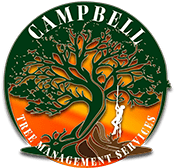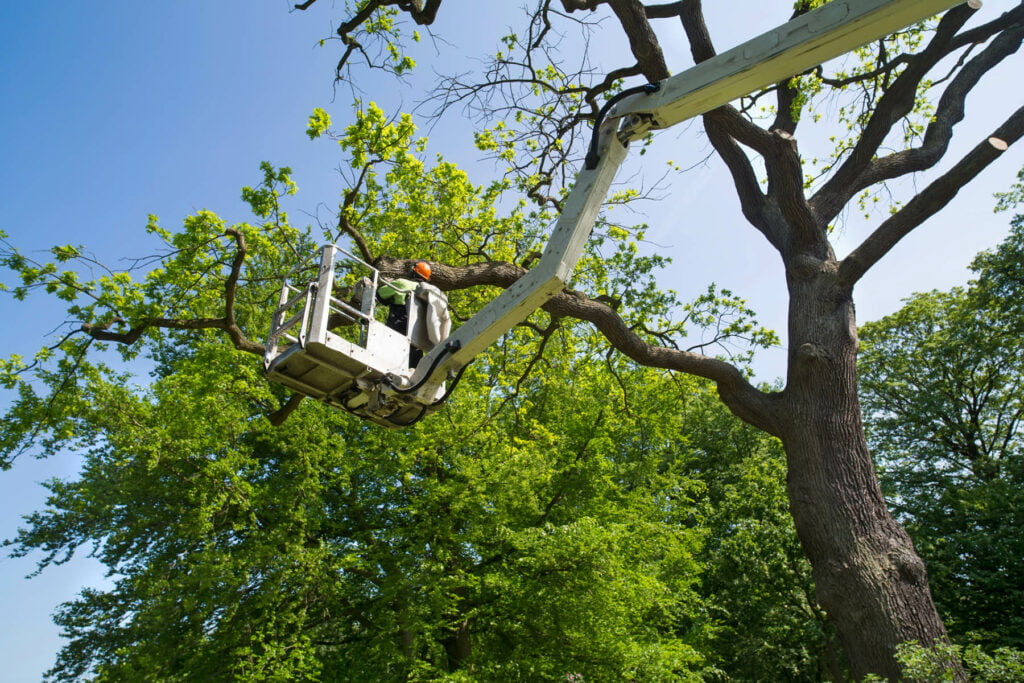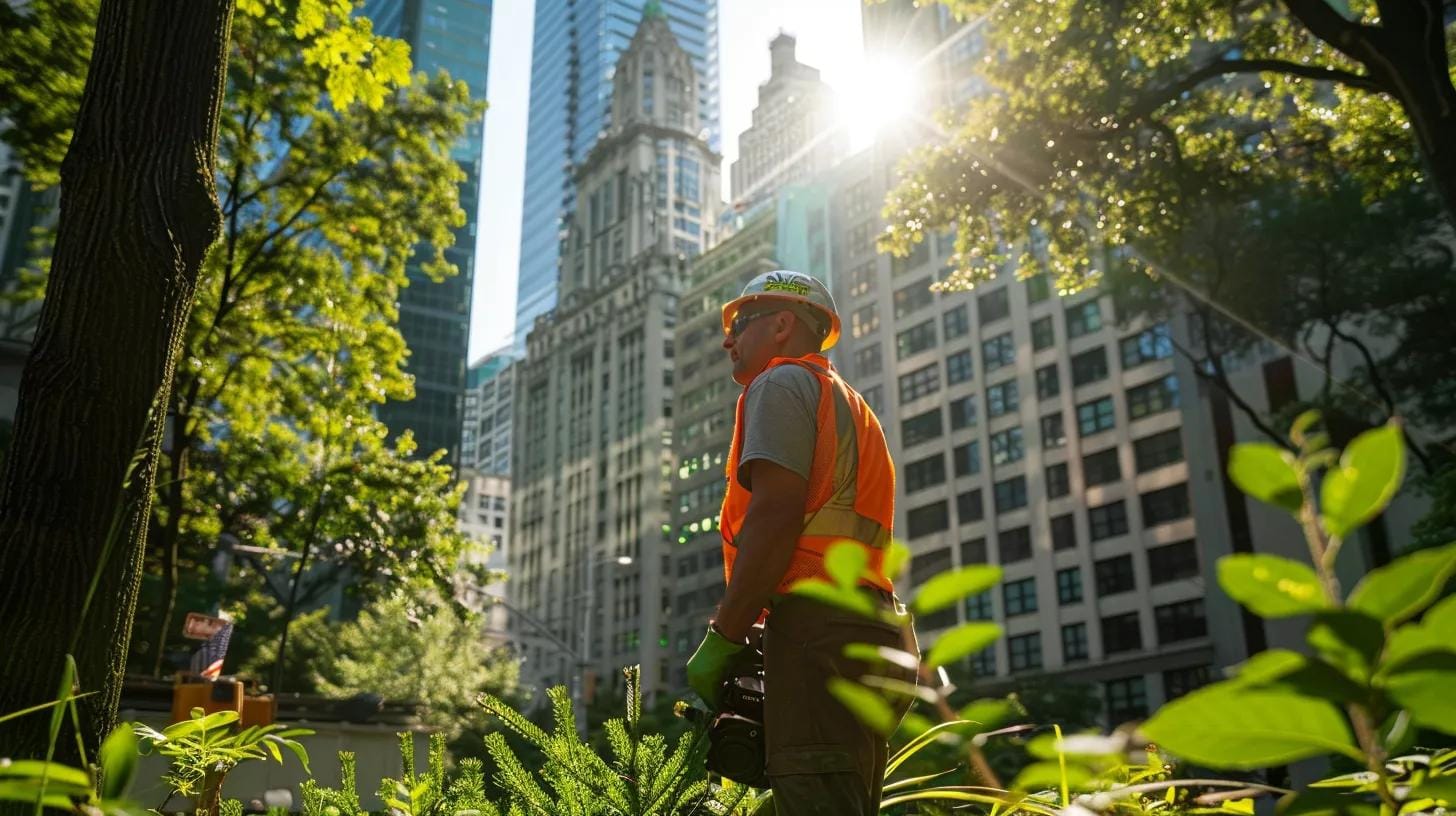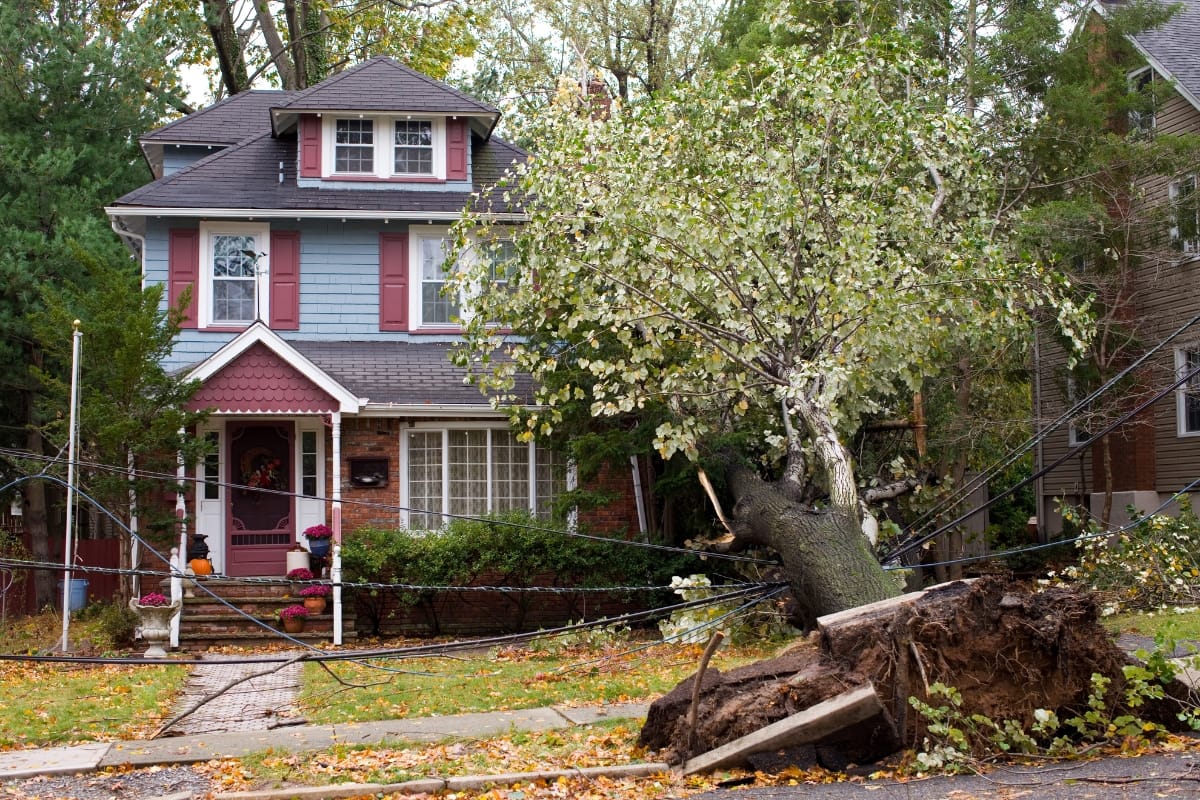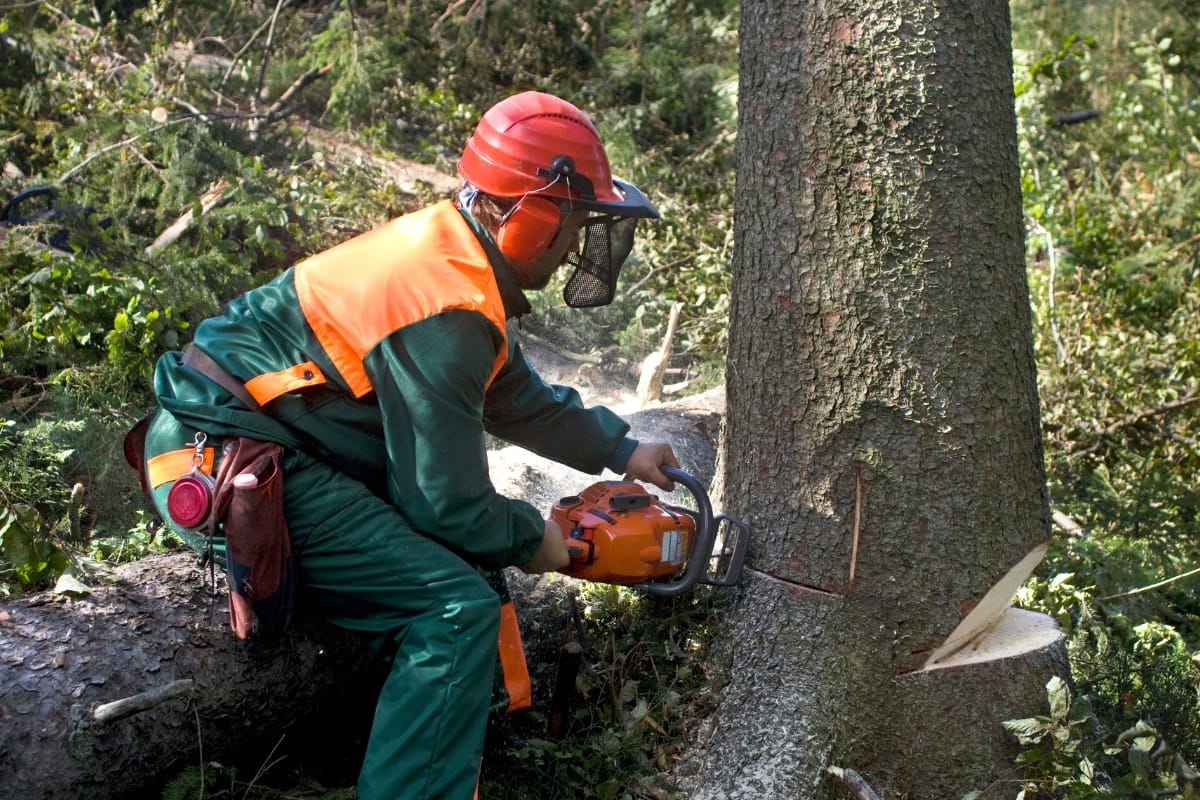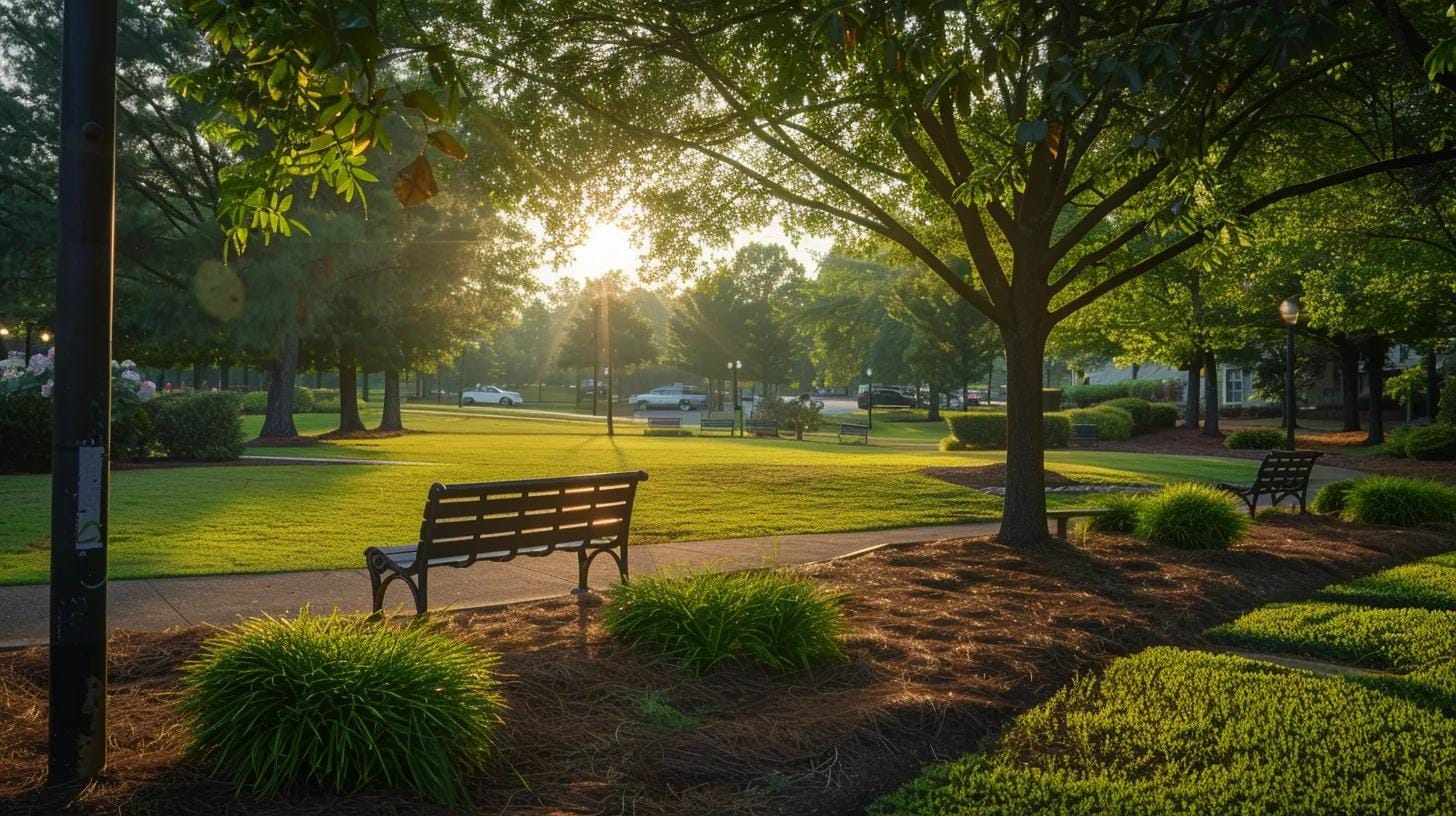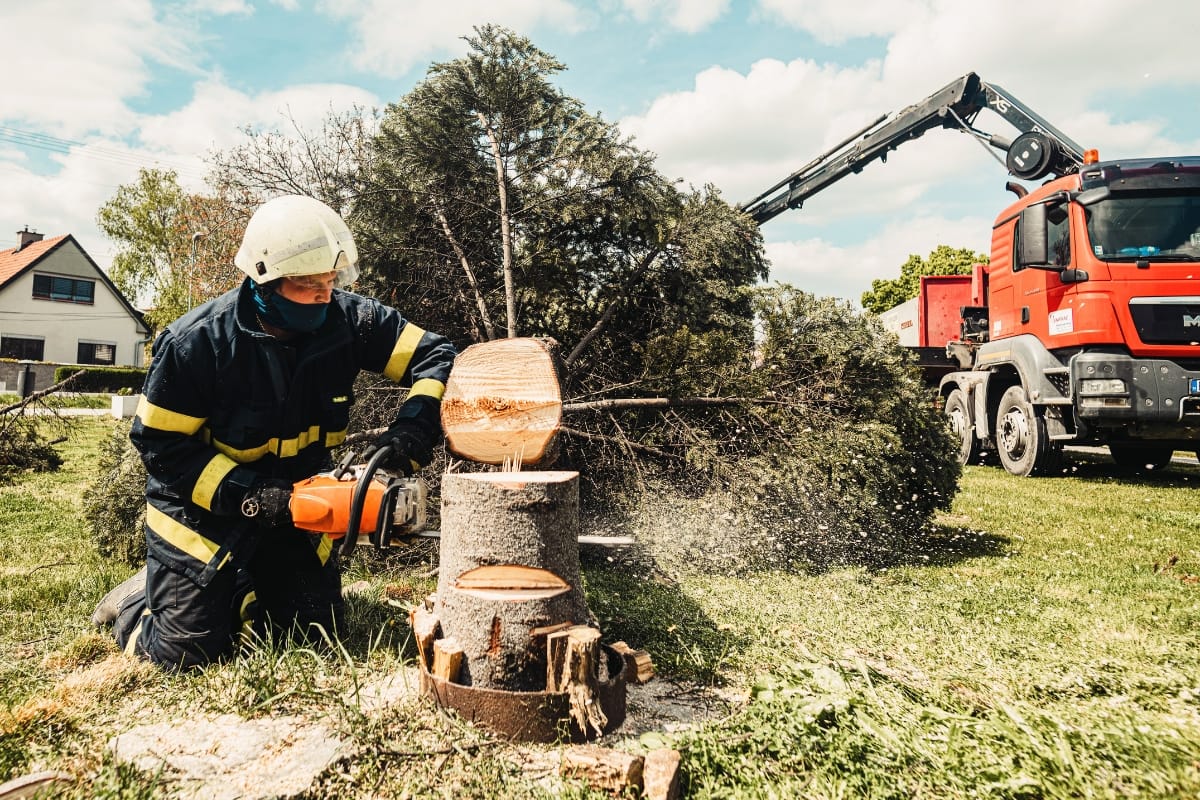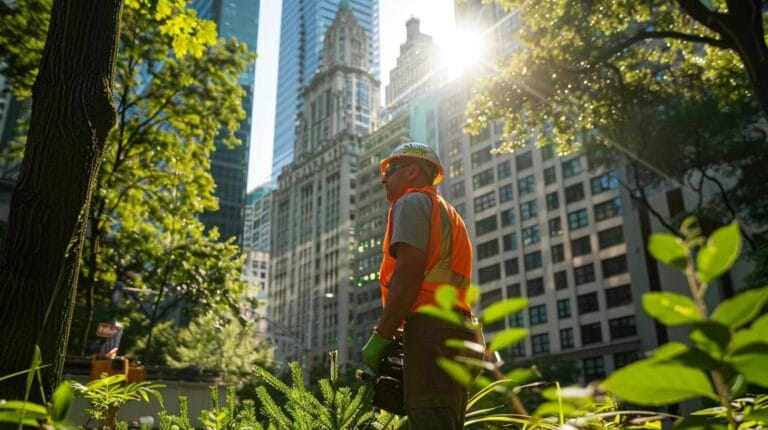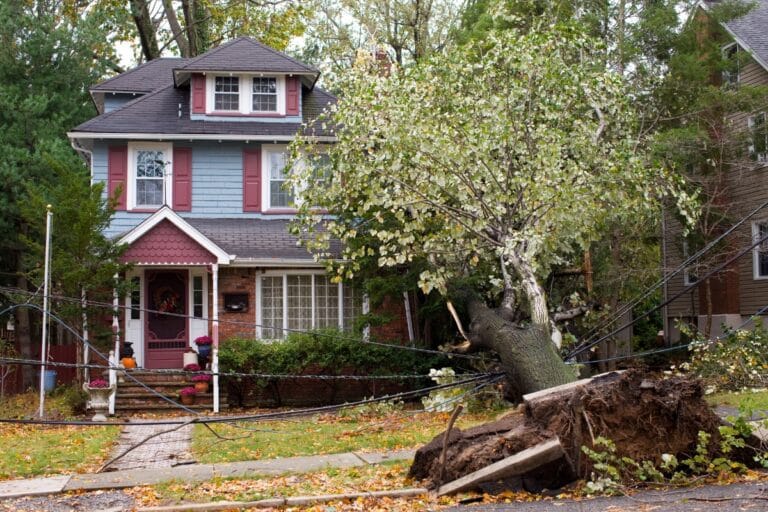Late summer is the ideal time to give your trees the care they need to thrive—especially in Alpharetta’s climate, where proper pruning can promote healthy growth and prevent seasonal damage. Strategic tree pruning services during this season helps trees recover before winter while reducing risks from storms, pests, and disease. In this guide, we’ll explore the best practices for late summer tree pruning in Alpharetta, from identifying which branches to trim to choosing the right techniques for different tree species. Whether you’re maintaining majestic oaks or delicate ornamentals, these expert tips will keep your landscape lush, safe, and beautiful year-round.
Tree Pruning Services in Alpharetta: What to Do Before Fall Hits
Why Is Late Summer the Ideal Time for Tree Pruning Services in Alpharetta?
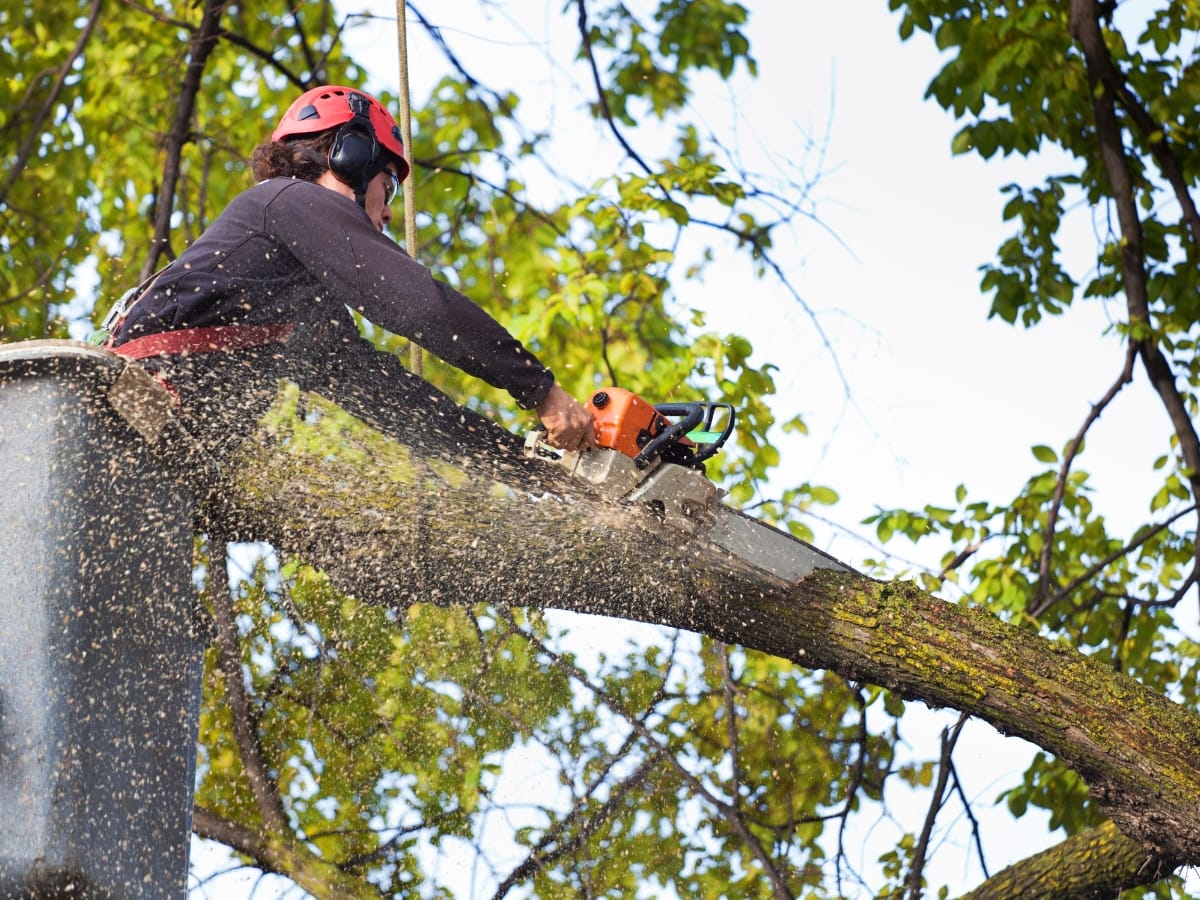
Late summer is optimal for tree pruning services because it aligns with the tree’s natural growth cycle. At this time, trees are actively growing yet not stressed by extreme summer heat, which helps minimize sap loss and wound exposure. Pruning now also reduces disease risk, as trees can more easily seal off cuts before winter. Expert arborists emphasize that this timing minimizes pest attraction and fungal infections, ensuring that trees recover more efficiently.
What Are the Key Benefits of Pruning Trees in Late Summer?
When you prune in late summer, you improve air circulation within the canopy and allow more sunlight to reach inner branches. This reduces humidity levels that encourage fungal growth. Removing dead, diseased, or overcrowded limbs directs nutrients toward healthier parts of the tree and prevents future breakage under wind or heavy rain. Trees treated at this time form callus tissue more quickly, sealing wounds and limiting decay. A balanced canopy also distributes weight evenly, lowering the risk of limb failure during storms.
How Does Late Summer Pruning Affect Tree Health and Safety?
Proper late summer pruning stimulates vigorous regrowth and maintains a tree’s structural integrity. A well-pruned tree is less likely to develop hazardous, weak branches that might fall during severe weather. Eliminating diseased and dead wood limits pest infestations and pathogen spread. By ensuring that trees heal properly, certified arborists help lower long-term maintenance costs and boost a tree’s overall strength and safety, protecting property and enhancing value.
When Exactly Should You Schedule Late Summer Pruning in Alpharetta?
Practical scheduling for late summer pruning in Alpharetta is between mid-July and early September. Many local arborists recommend early-to-mid August when trees are past the peak summer heat but still active enough to heal. Managers and homeowners should consider tree species and local weather patterns—such as heat waves or early rains—to choose the ideal window that minimizes stress and optimizes recovery.
What Are the Best Tree Pruning Services and Techniques for Late Summer?

Late summer provides a window when trees remain active but are less stressed by extreme heat. Applying targeted pruning methods during this period promotes healthy recovery, reduces pest and disease risks, and shapes growth for the seasons ahead.
How Does Thinning Improve Tree Health During Late Summer?
Thinning removes selected branches back to a main limb or trunk without altering the tree’s overall shape. By reducing canopy density, thinning lets more sunlight reach inner foliage and boosts air circulation. This helps leaves dry more quickly after rain, cutting fungal growth. It also shifts the tree’s energy toward remaining branches, supporting stronger shoots and a more balanced structure. Thinning can decrease wind resistance, lowering the chance of limb breakage during storms and extending the tree’s lifespan.
What Is Crown Reduction and When Should It Be Used?
Crown reduction cuts back outer branches to decrease canopy size while preserving the tree’s natural shape. This method is useful for trees that are overextended or interfering with structures and utilities. It balances weight distribution and can even promote fruiting on remaining branches. However, crown reduction must be done carefully by certified arborists, as excessive cutting may cause shock and stress.
How to Perform Proper Pruning Cuts to Promote Healing
Making proper pruning cuts is essential. Clean, angled cuts prevent water accumulation on wounds and reduce infection risk. Sharp, sanitized tools help achieve smooth edges, and cuts should be made just outside the branch collar to allow natural healing. Incorrect cut placement can damage essential tissues or leave decaying stubs. Studies have shown that precise cuts help wounds heal significantly faster, ensuring the tree retains its natural crown contour and structural integrity.
When Should You Remove Suckers and Water Sprouts?
Suckers (shoots at the tree’s base) and water sprouts (vertical shoots along branches) draw nutrients away from desired growth. Pull or prune these outgrowths promptly by cutting them as close to their origin as possible. Eliminating them in late summer prevents them from sapping resources before the tree enters dormancy.
Why Is Late Summer Timing Advantageous for These Techniques?
During late summer, most tree species still transport carbohydrates to support wound closure, but their growth has slowed enough to limit vigorous resprouting. This balance ensures cuts heal before winter and that new growth does not pressure weakened branches. Pruning at this time also avoids the high insect activity of spring and the dormancy of winter, reducing pest and pathogen entry into fresh wounds.
How Do You Prune Common Alpharetta Tree Species in Late Summer?
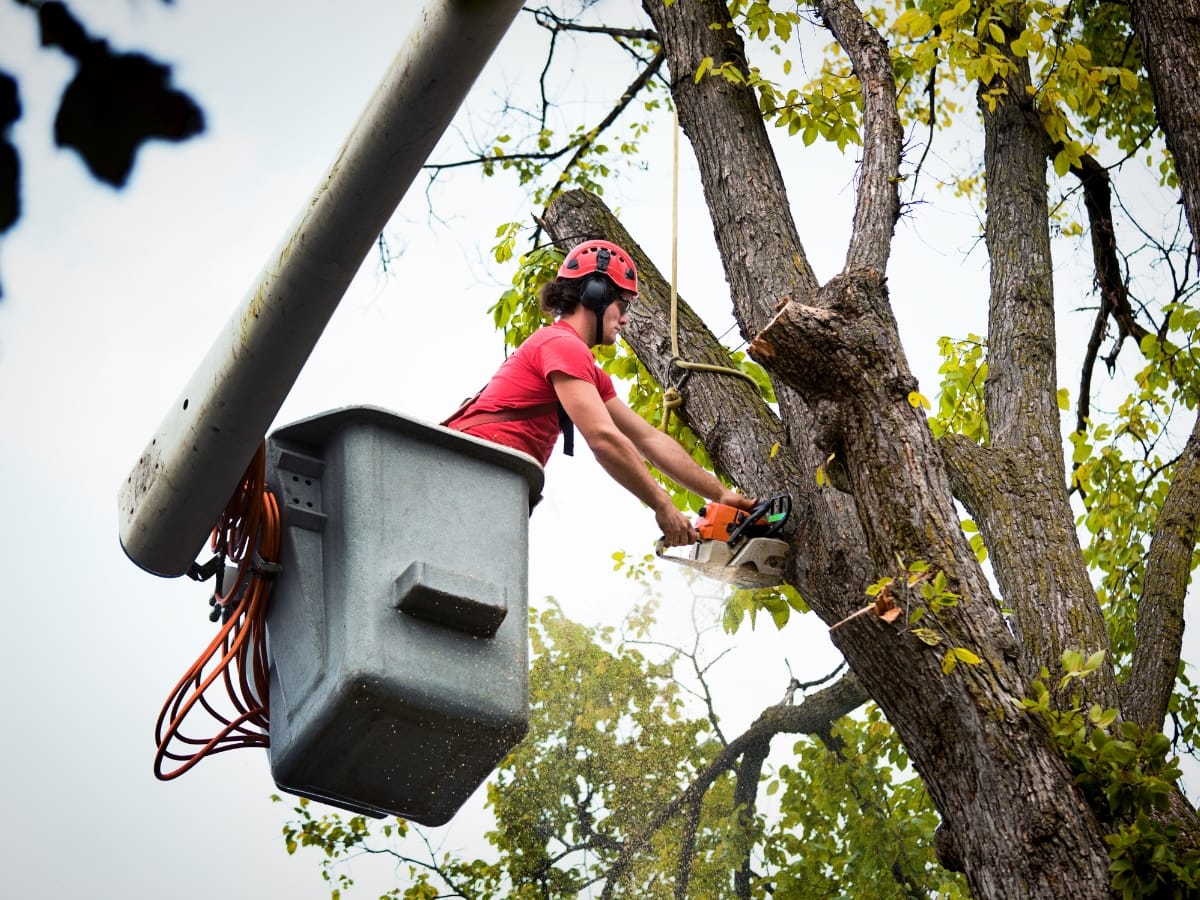
Pruning common tree species in Alpharetta during late summer helps trees recover before dormancy and reduces pest and disease pressure. Each species has its own needs, so understanding proper techniques ensures healthier growth and a more attractive landscape.
Pruning Oak Trees
Late summer is a good time to trim oaks because their sap flow is slower, which lowers the risk of oak wilt. Start by removing any dead, broken, or crossing branches, cutting them back to the collar without leaving stubs. Make smooth, clean cuts with well-sanitized tools to avoid introducing pathogens. Avoid heavy trimming of live wood, since oaks can struggle to compartmentalize large wounds. By focusing on small corrective cuts and maintaining the tree’s natural form, you preserve both its health and the character of your yard.
Pruning Maple Trees
Maple trees respond well to selective thinning that opens the canopy and allows more light and air inside. In late summer, carefully remove only a few competing branches at a time, cutting just outside the branch collar. This helps balance the tree’s energy toward stronger limbs and limits sap bleeding. Avoid removing more than twenty percent of the canopy in one session to prevent stress. After pruning, inspect for suckers at the base and water sprouts along the trunk, cutting them away to keep the tree’s form neat and encourage even growth.
Are There Special Considerations for Pruning Pine Trees in Late Summer?
Pine trees, with their year-round photosynthesis, require distinct care. Avoid cutting too many living needles or the leader branch, which can distort vertical growth. Instead, focus on removing only dead or broken limbs, especially those posing a risk near power lines or buildings. Maintaining the natural conical shape is key. Late summer is ideal as it reduces pruning shock while lowering risks of pest infestations like pine beetle attacks. Consulting a certified arborist ensures proper care tailored to pine trees.
What Factors Affect the Cost of Tree Pruning Services in Alpharetta?
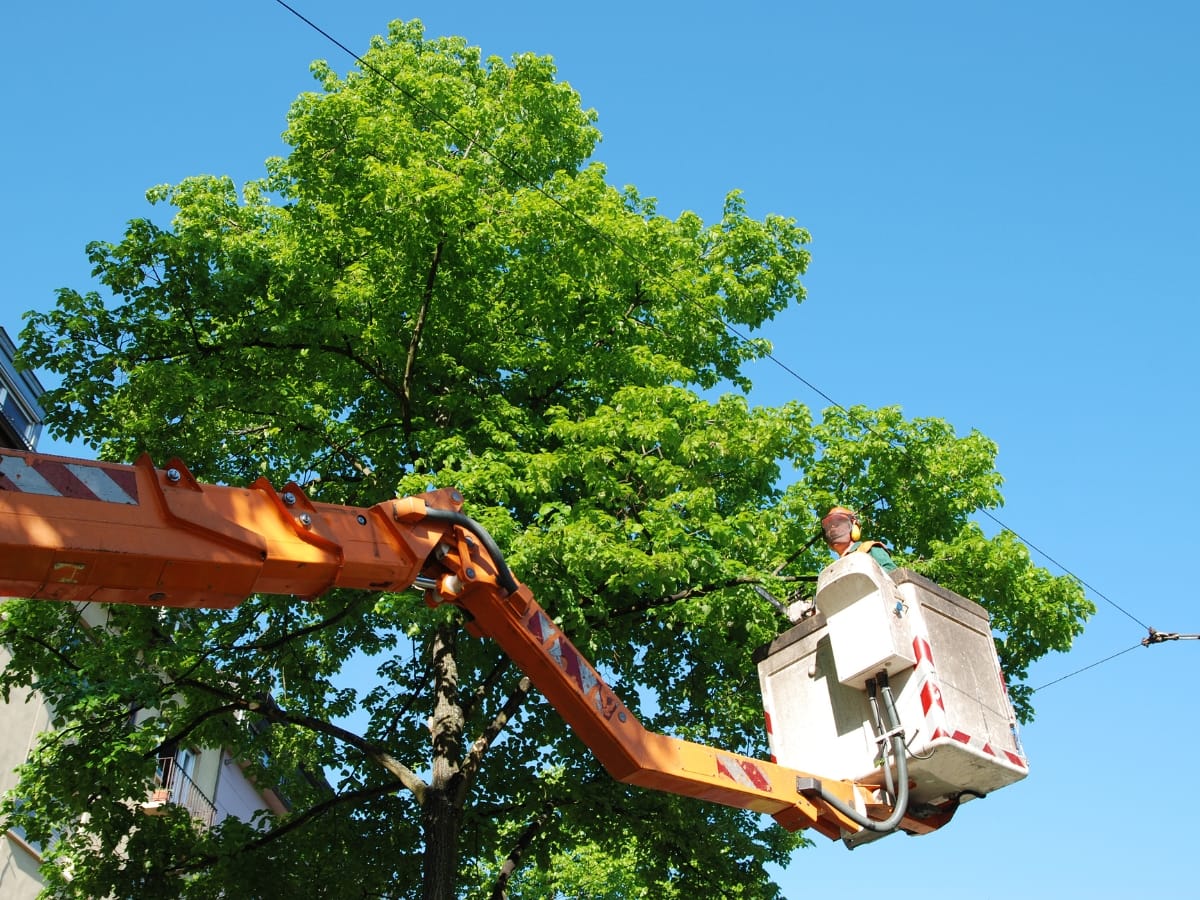
Various factors influence the cost of tree pruning services in Alpharetta. These include the size and number of trees, location, and the complexity of the work required. Additionally, the techniques used and the experience of the arborist play important roles. Pruning costs are often considered an investment in a tree’s long-term health and overall property safety.
Tree Size and Quantity
The scale and number of trees in your yard heavily influence pruning costs. Larger specimens have thicker branches and broader canopies, which require more time, labor, and specialized equipment such as aerial lifts or climbing rigs. When several trees are involved, crews can sometimes work more efficiently, but overall pricing still reflects the combined trunk diameters and canopy volumes of each tree.
Pruning Techniques and Complexity
Different pruning methods carry distinct labor requirements. Simple crown cleaning—removing dead or broken limbs—tends to be straightforward and faster. More involved practices like crown reduction, which shortens branch ends to control height or spread, demand precise cuts at branch junctions and deeper knowledge of tree structure. Selective thinning to improve light penetration and airflow also takes longer and often commands higher rates due to its surgical nature.
Accessibility and Site Conditions
Where a tree grows affects both safety and cost. Trees positioned near homes, power lines, or over steep slopes require extra precautions and possibly cranes or rope-rigging systems to lower large limbs safely. Those in open yards with clear access tend to be less expensive to service, since crews can work quickly without extensive setup or insurance concerns.
Seasonal Timing
Late summer through early fall is prime for pruning, as trees remain in active growth while heat stress eases. Demand often peaks in this window, which can push prices higher. Scheduling work in shoulder seasons—late spring or late winter—may result in modest savings, provided the tree’s biology and local regulations allow it.
Arborist Qualifications and Experience
Investing in a certified arborist ensures that pruning follows industry standards and protects long-term tree health. Certification from bodies like the International Society of Arboriculture (ISA) demonstrates expertise in tree biology, pest management, and safe cutting practices. Less experienced providers may offer lower quotes but carry a greater risk of improper cuts, which can lead to decay, stress, or costly future treatments.
Getting a Detailed, On-Site Estimate
An accurate quote starts with a thorough inspection. A reputable arborist will measure trunk diameters, assess branch density, and note any site hazards. Estimates should clearly break down labor, equipment, and cleanup fees. Comparing two or three written proposals—and checking past client reviews—helps homeowners select a service that balances cost with the quality of care their trees deserve.
How Can Certified Arborists Ensure Safe and Effective Late Summer Pruning Services?

Certified arborists are critical to safe and effective pruning. Their training allows them to assess tree health, identify hazardous branches, and apply precise pruning techniques. Their expertise minimizes risks and ensures trees heal properly, protecting both the tree and nearby structures.
Why Choose Certified Arborists for Tree Pruning Services in Alpharetta?
Working with certified arborists guarantees that pruning follows established industry standards. These professionals complete training in tree biology, structural assessment, and disease management, which helps them choose the right cuts and timing for each species. Their credentials also mean they carry proper insurance and understand local regulations, reducing liability for homeowners. In Alpharetta’s late summer climate, this expertise ensures that pruning stimulates healthy regrowth without exposing trees to excessive stress or inviting pests and pathogens.
What Safety Measures Are Taken During Tree Pruning Services?
Safety remains a top priority throughout any pruning project. Certified arborists begin by surveying the site to identify overhead lines, fragile limbs, and nearby structures. They establish clear work zones and use personal protective equipment such as helmets, eye protection, gloves, and chaps. When removing large branches, they employ rigging systems or bucket trucks to lower limbs safely to the ground. After each cut, crews clear debris promptly to eliminate tripping hazards and maintain a tidy property.
How Do Arborists Assess Tree Health Before Tree Pruning Services?
Before making any cuts, certified arborists perform a thorough health inspection. They examine bark integrity, branch attachment points, and leaf color to spot signs of decay, fungal infection, or insect damage. Tools like resistographs or incremental borers may be used to check internal decay without causing excessive harm. By understanding a tree’s structural weaknesses and overall vigor, arborists can decide which branches to remove and how much foliage to thin for optimal air circulation and sunlight exposure.
What Are Common Tree Health Issues Addressed by Late Summer Pruning?
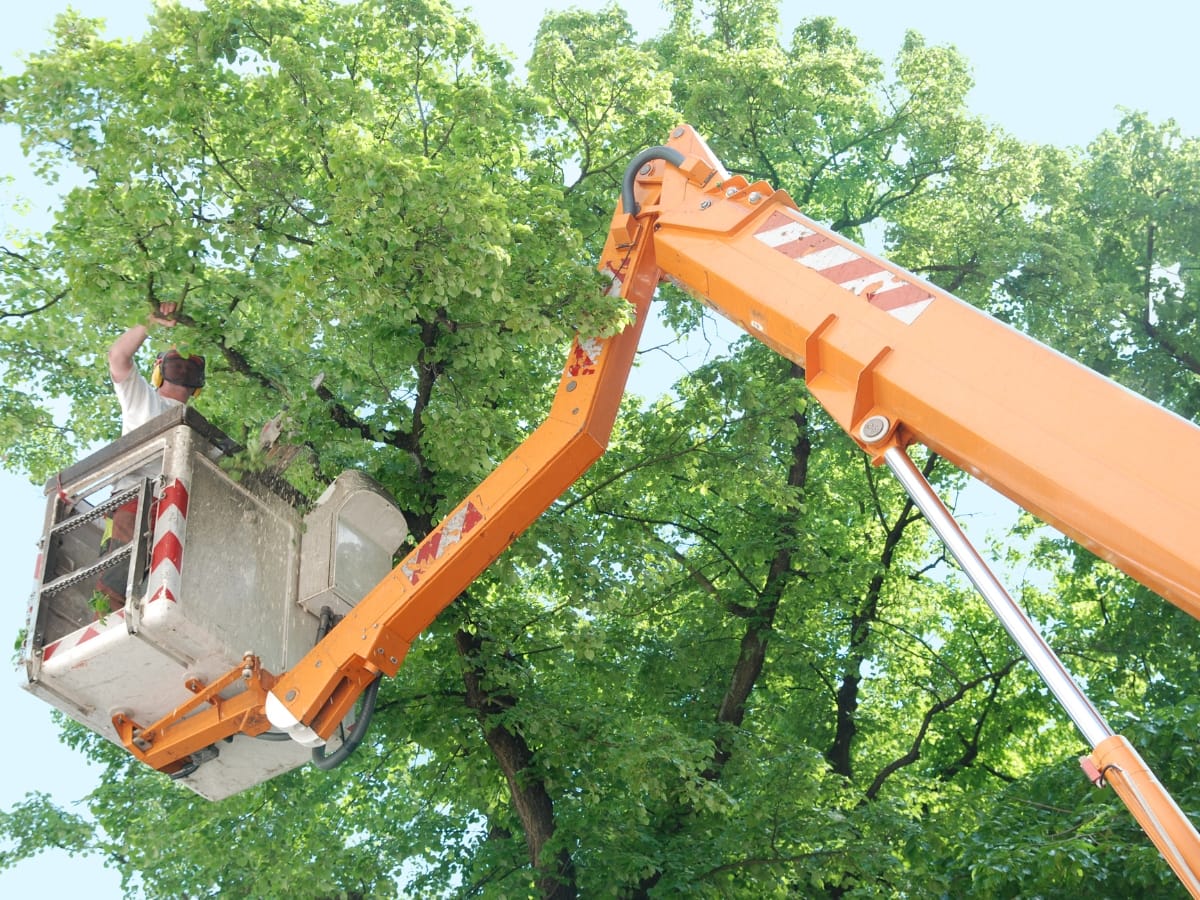
Pruning in late summer targets branches that are diseased, dead, or damaged to prevent problems from worsening. Cankers, fungus-infected limbs, and storm-injured wood are removed before cooler weather sets in, reducing the chance that decay spreads deeper into the trunk or down major branches. Addressing these visible issues also corrects weight imbalances that can lead to limb failure. By taking out compromised shoots now, arborists help trees allocate resources more effectively and maintain a sound framework for next season’s growth.
How Does Pruning Help Prevent Tree Diseases and Pests?
Cutting away crowded or inward-growing branches opens up the canopy so sunlight and air circulate freely. Drier, sunlit wood does not hold moisture that encourages mildew, leaf spots, or wood-decay fungi. Removing dead or weakened limbs eliminates hiding spots and feeding sites for beetles, borers, and other insects. The healthier, more vigorous branches left behind mount better natural defenses—such as producing protective resins or calluses—making it harder for pathogens or pests to establish themselves.
What Are Signs of Tree Stress That Tree Pruning Services Can Alleviate?
Trees showing thinning crowns, yellowing or prematurely falling leaves, and dieback at branch tips are often under nutritional or environmental stress. Excessive foliage can sap moisture and nutrients, so thinning helps reduce competition among branches. By selectively removing weaker growth, the tree can focus its energy on maintaining a strong scaffold of healthy limbs. This targeted reduction of strain allows the remaining wood to thrive, recover faster from heat or drought, and resist wind damage more effectively.
How Do Regular Tree Pruning Services Improve Long-Term Tree Vitality?
Routine trimming prevents the buildup of deadwood that adds weight and invites decay. Over years of consistent care, trees develop well-balanced canopies that withstand storms and seasonal stresses. Properly timed cuts encourage the formation of strong branch unions and smooth healing, reducing the likelihood of future splits. Regular inspections and corrective pruning also give arborists the opportunity to monitor overall health, catch early signs of decline, and guide growth patterns that complement surrounding structures and landscapes.
Frequently Asked Questions
Q: How frequently should trees be pruned for optimum health? A: Typically, trees should be pruned every 3 to 5 years depending on species, age, and condition. Regular pruning helps remove dead limbs and improves air circulation.
Q: Can I prune my trees myself or should I hire a professional? A: While light trimming may be done by homeowners, certified arborists are recommended for significant pruning tasks to ensure proper cuts and reduce risks.
Q: Does pruning during late summer risk damaging the tree? A: When done correctly, late summer pruning minimizes damage. The season is favorable for healing and reduces tree stress and exposure to pests and disease.
Q: Will pruning affect the appearance of my trees immediately? A: Yes, pruning removes unsightly dead branches and improves appearance, although full aesthetic benefits may take a few weeks as new growth emerges.
Q: How do certified arborists decide which branches to remove? A: They assess branch health, structural integrity, and overall balance to remove only branches that are dead, diseased, or disruptive to the tree’s natural form.
Q: Are there any risks associated with tree pruning services near power lines? A: Yes, pruning near power lines is hazardous and should only be done by trained professionals who follow strict safety protocols and coordinate with utility companies.
Q: What steps can I take to maintain tree health after pruning? A: Regular watering, mulching, and periodic inspections by a certified arborist help trees recover well after pruning. Avoid heavy traffic around the base and monitor for pests or disease.
Final Thoughts
Late summer is the ideal time to prune your trees—enhancing their health, structure, and beauty before fall arrives. At Campbell Tree Management Services, our certified arborists follow industry-best practices to ensure your trees thrive while maintaining their natural aesthetics with our professional tree pruning services. Don’t risk improper pruning that could harm your landscape; call (770) 286-8058 today to request your free quote and let our experts care for your trees the right way.
